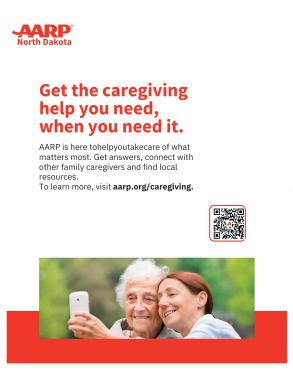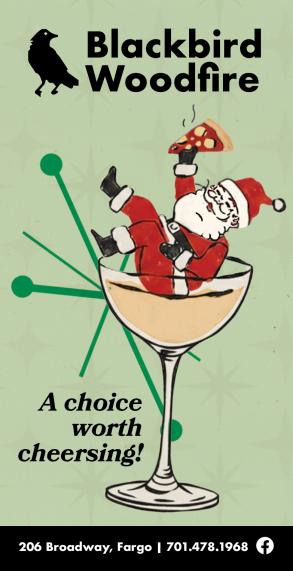Cinema | February 3rd, 2025
By Greg Carlson
Now streaming on MUBI, Elizabeth Sankey’s essay film “Witches” morphs from what at first appears to be a feminist deconstruction of movie and television representations of the title figures into a wrenching and penetrating examination of the way that centuries of cultural expectations revolving around motherhood have taken an unfair toll on women. Presenting her arguments through a series of chapter headings enumerated as a series of ancient spells/protections/incantations, Sankey demonstrates a command of the form by synthesizing two seemingly unrelated subjects: witchcraft and perinatal depression. The abrupt pivot away from the assessment of screen witches in all of their beauty and ugliness initially unbalances the viewer, but Sankey’s thesis comes into a focus so sharp that skeptics should be fully convinced by the movie’s end.
The clips that Sankey selects for the purposes of illustrating a variety of claims come from some of the usual suspects as well as a handful of lesser known (but no less inspired) properties. Just to name a few: “Häxan,” “The Wizard of Oz,” “I Married a Witch,” “The Witches of Eastwick,” “The Craft,” “Hocus Pocus,” and “Practical Magic” are cut alongside “Bell, Book and Candle,” “Onibaba,” “The Love Witch,” “The Witch,” and multiple adaptations of “Macbeth.” Several others, including “The Snake Pit,” “Rosemary’s Baby,” “A Nightmare on Elm Street 3: Dream Warriors,” and “Girl, Interrupted” link to questions about societal treatment of women experiencing mental illness. Under Sankey’s scrutiny, this latter category materializes into a reality more ominous and terrifying than anything conjured in a folktale.
Sankey opens up about her own post-birth struggles, addressing viewers with a stirring combination of vulnerability and candor. She describes the disequilibrium that ultimately brought her to a secure inpatient unit equipped to address the unique challenges faced by many new mothers. One particularly sobering statistic is noted in the movie; the tiny number of dedicated facilities in the United States is dwarfed by the number in the U.K. Sankey delivers the clear-eyed explanation for the disparity through the story of Dr. Daksha Emson, a brilliant psychiatrist who killed her baby and herself. Daksha’s husband David, one of the few men to speak on camera with Sankey, points out another link between witches and women with perinatal depression: the ability to hide, even from those closest to you.
Sankey sits across from many women who feel safe and brave enough to disclose firsthand anecdotes about the very worst days of their lives. The conversations are vulnerable and emotionally raw, but the unique sisterhood represents one more way in which Sankey reframes an understanding of witches. As pointed out by Alise Chaffins, Sankey draws a line between the accused women who confessed to the charges unfairly brought against them and the contemporary mothers experiencing internal torment. Chaffins writes, “When they were suffering from post-partum depression and, in some cases, post-partum psychosis, death seemed preferable to continuing to live as someone who could have such evil thoughts.”
At the conclusion of the principal story, Sankey reveals one last bit of cinematic magic to her viewers. The illusion is best discovered fresh and deserves to remain hidden for anyone who has yet to see the movie, but enthusiastic consumers of nonfiction filmmaking will appreciate the affinity Sankey shows for the work of fellow documentarians like Clio Barnard and Kitty Green. “Witches” is top-shelf filmmaking that happens to intersect with the filmmaker’s advocacy. Even viewers who have no personal experience with the topic will walk away with a clearer understanding and feelings of empathy.
December 9th 2025
December 2nd 2025
November 24th 2025
November 18th 2025
November 12th 2025
_(1)__293px-wide.jpg)
_(1)_(1)_(1)__293px-wide.jpg)


_(1)_(1)_(1)__293px-wide.jpg)
